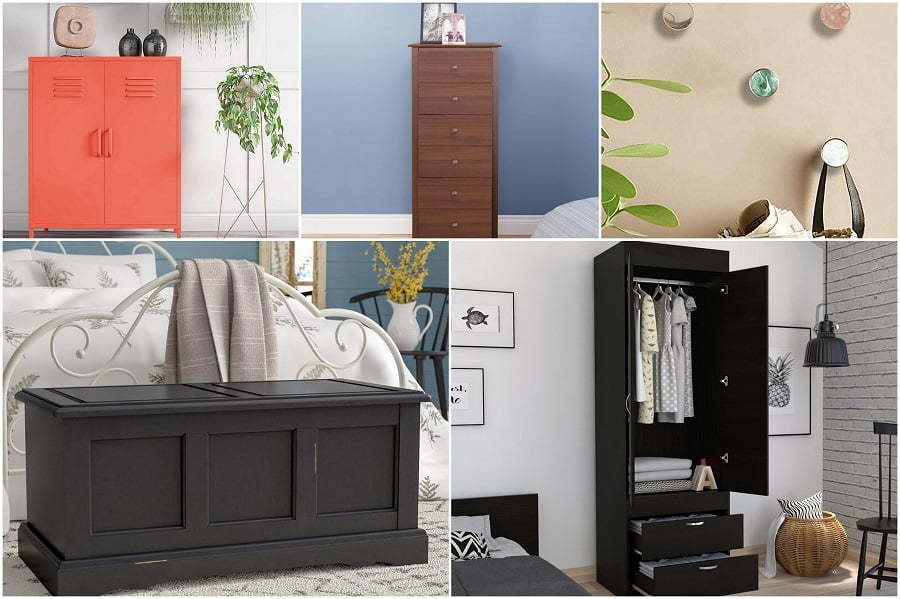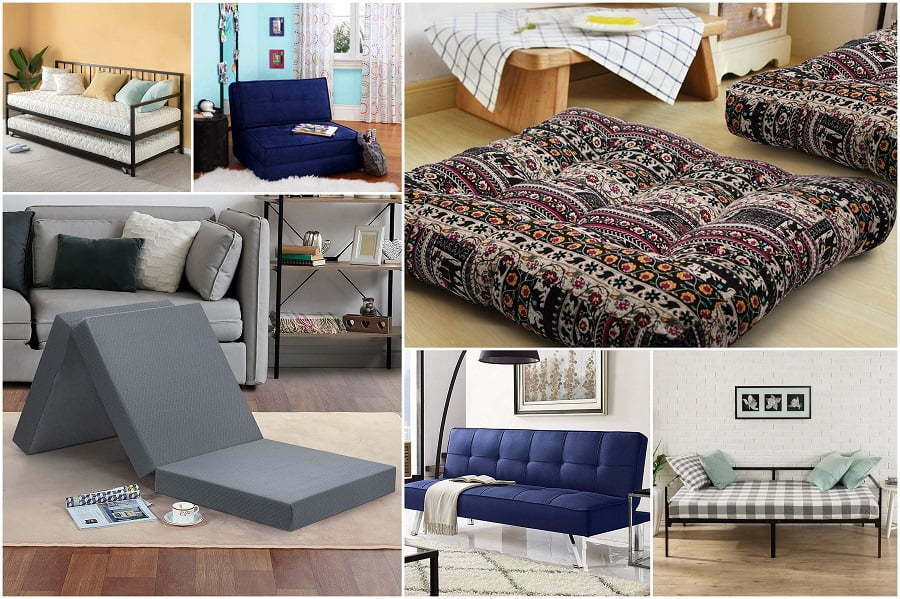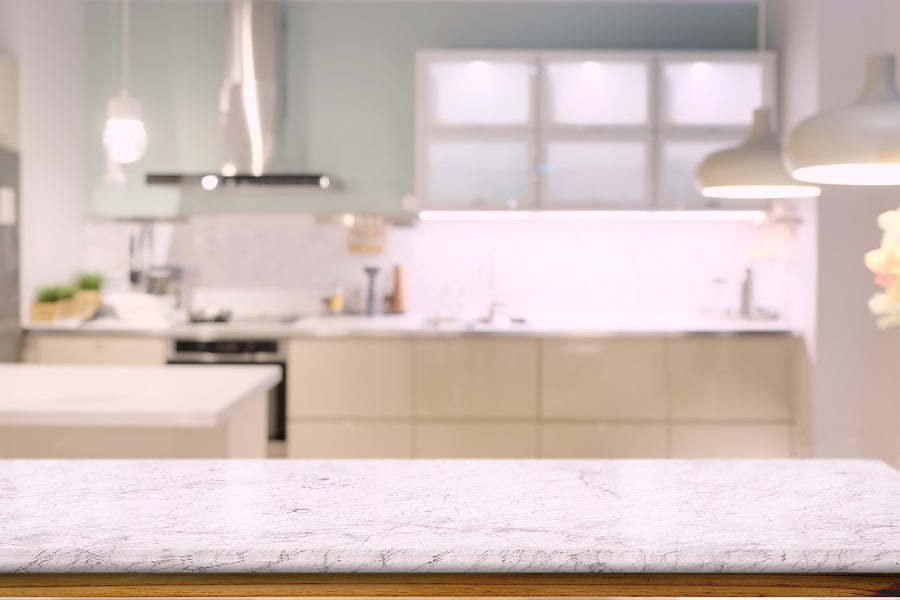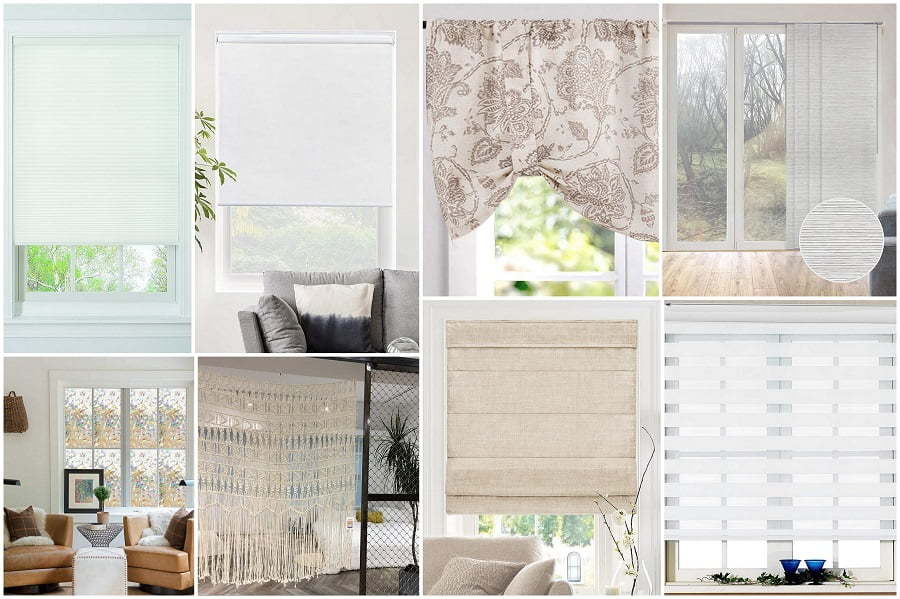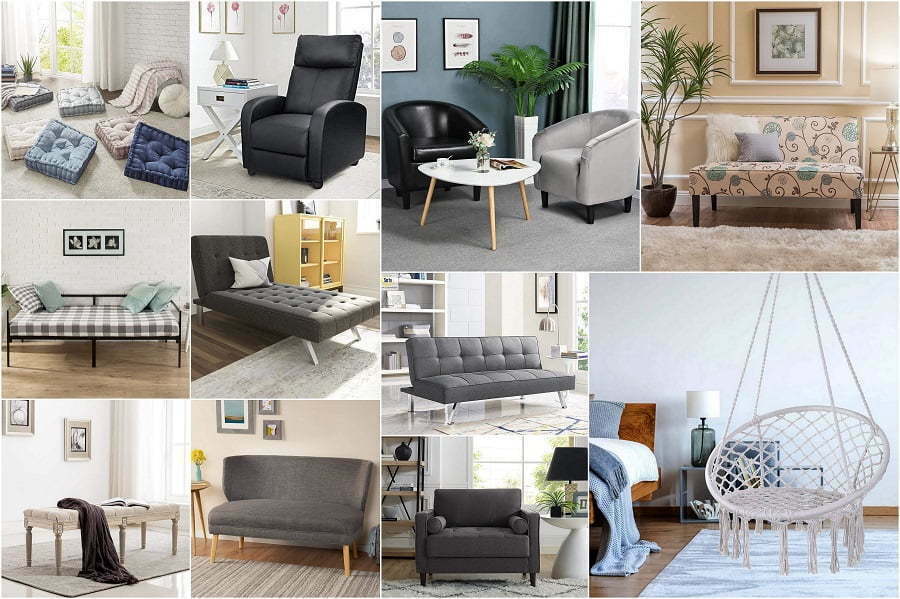Last updated on
Explore these innovative roof replacement alternatives that will not only save you money, but also contribute to a more sustainable and efficient home.
Are you in need of a new roof but worried about the cost? Don’t let budget constraints hold you back from having a beautiful home.
I’ve compiled 15 roof replacement alternatives that will not only save you money but also add unique character and charm to your home. From eco-friendly options to creative DIY projects, these ideas will inspire you to think outside the box when it comes to replacing your roof.
Solar Shingles

Solar shingles are a great alternative to traditional roofing materials. They not only protect your home from the elements but also generate electricity by harnessing the power of the sun.
Solar shingles are made up of photovoltaic cells that convert sunlight into electricity, which can be used to power your home or sold back to the grid.
One advantage of solar shingles is their aesthetic appeal. Unlike bulky solar panels, they blend seamlessly with your roof and give it a sleek modern look.
They require little maintenance and have a long lifespan.
However, one downside is that they can be more expensive than other roofing options upfront due to their advanced technology and installation costs. But over time, you may save money on energy bills as you rely less on traditional sources for electricity.
Green Roofs

They involve covering the roof with vegetation, which provides numerous benefits. Green roofs can help reduce energy costs by providing insulation and reducing heat absorption from the sun.
They also absorb rainwater, which reduces runoff and helps prevent flooding in urban areas.
In addition to their environmental benefits, green roofs can also be aesthetically pleasing and provide a space for gardening or relaxation. However, it’s important to note that installing a green roof requires careful planning and maintenance to ensure its success.
There are two main types of green roofs: intensive and extensive. Intensive green roofs require more soil depth (at least 6 inches) for larger plants like trees or shrubs while extensive ones have shallower soil depths (2-4 inches) suitable only for smaller plants such as sedums or grasses.
Metal Roofing
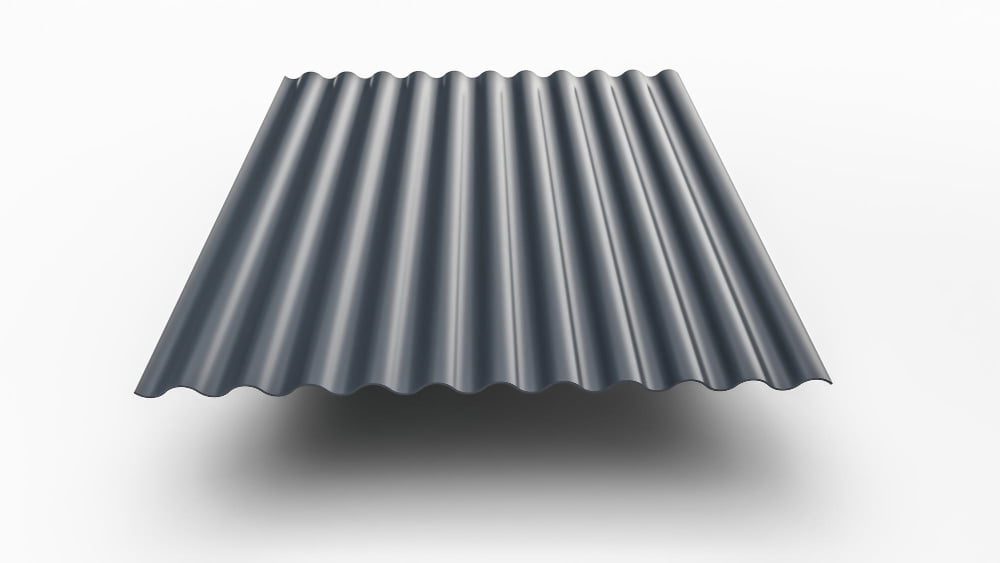
It is durable, long-lasting, and can withstand harsh weather conditions such as heavy rain and snow. Metal roofs come in a variety of styles including standing seam, corrugated panels, and metal tiles that mimic the look of other materials like wood or slate.
One advantage of metal roofing is its energy efficiency. It reflects heat from the sun which helps keep your home cooler in the summer months reducing cooling costs.
It’s environmentally friendly because it can be made from recycled materials.
Another benefit of metal roofing is its low maintenance requirements compared to other types of roofs like wood shakes or clay tiles that require regular upkeep to prevent damage caused by moisture buildup or rotting.
Clay Tiles
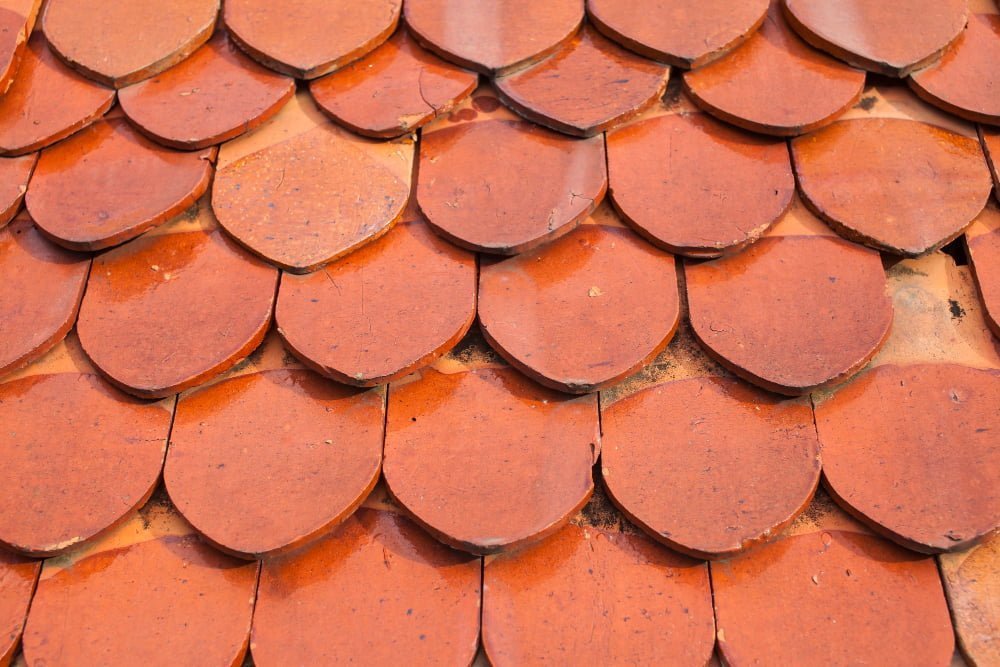
They are made from natural clay and come in various shapes, sizes, and colors. Clay tiles have a unique look that can add character to any home’s exterior.
One of the benefits of using clay tiles is their durability. They can withstand harsh weather conditions such as heavy rain, strong winds, and hailstorms without getting damaged easily.
They do not rot or decay like other roofing materials.
Another advantage of using clay tiles is their energy efficiency properties. They help regulate indoor temperatures by keeping homes cooler during hot summer months and warmer during cold winter months.
However, one downside to consider when choosing clay tile roofs is their weight which requires additional support structures on the roof deck to hold them up properly; this may increase installation costs compared with lighter alternatives like asphalt shingles or metal roofs.
Rubber Slate
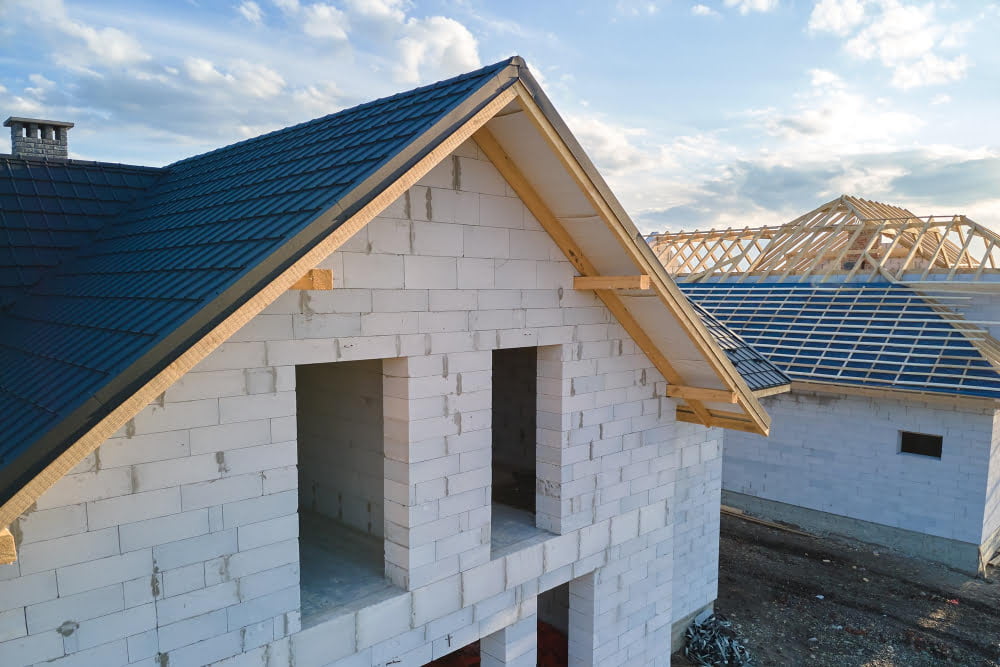
It is made from recycled materials, making it an eco-friendly option for homeowners who want to reduce their carbon footprint. Rubber slate has the same look and texture as natural slate but at a fraction of the cost.
It also requires less maintenance than traditional roofing materials, making it an excellent choice for those looking for low-maintenance options.
One of the benefits of rubber slates is that they are lightweight and easy to install compared to other types of roofing material like clay tiles or metal roofs. This makes them ideal if you’re looking for a quick installation process without compromising on quality.
Another advantage of rubber slates over natural ones is that they are more durable and resistant against harsh weather conditions such as hailstorms or heavy rainfalls which can cause damage in conventional roofs leading up costly repairs.
Asphalt Shingles
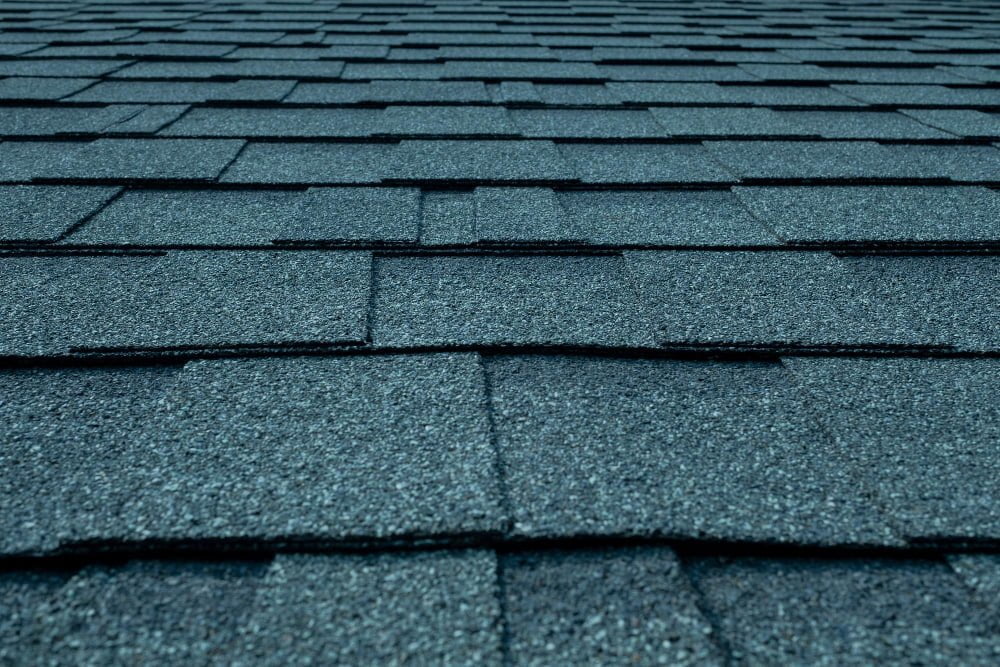
They are affordable, easy to install and come in a variety of colors and styles. Asphalt shingles can last up to 20 years or more with proper maintenance, making them a great option for homeowners on a budget.
However, they may not be the best choice for areas with extreme weather conditions as they can crack or warp under intense heat or cold temperatures. Asphalt shingles are not environmentally friendly as they contribute to landfill waste when replaced.
If you’re looking for an affordable roofing option that is easy to maintain and comes in various styles and colors then asphalt shingles might be right for you!
Wood Shakes
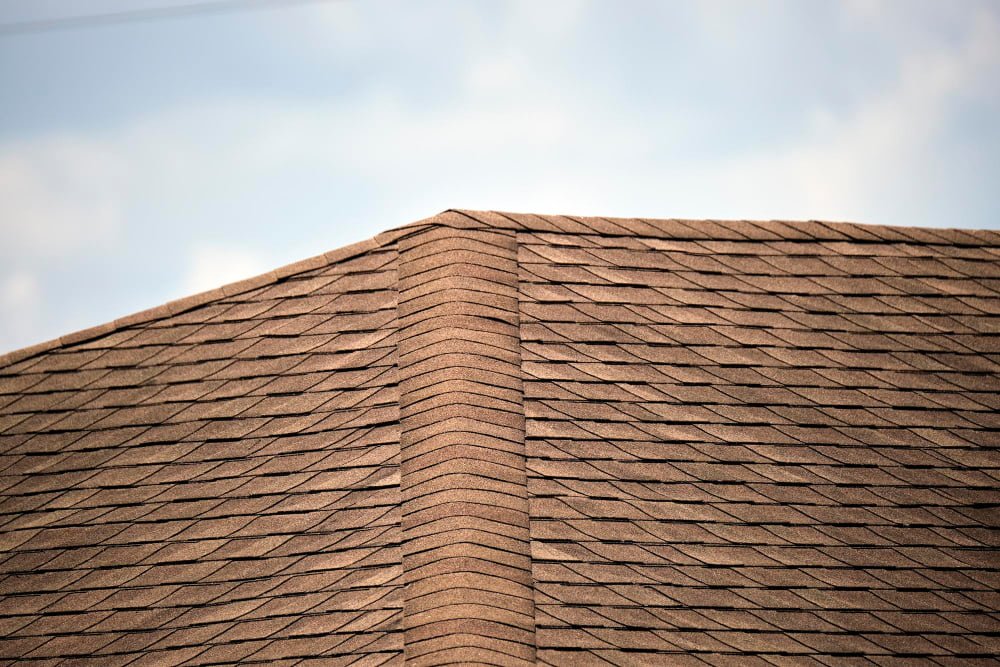
They offer a natural and rustic look that can add character to any home. Wood shakes are made from split logs, which give them their unique texture and appearance.
They come in different sizes, thicknesses, and colors depending on the type of wood used.
One advantage of wood shakes is their durability; they can last up to 30 years with proper maintenance. However, they require more upkeep than other roofing materials because they are susceptible to rotting, warping or cracking if not properly maintained.
Another consideration when choosing wood shake roofing is its fire resistance rating; some types have better ratings than others so it’s important to check local building codes before installation.
Recycled Materials
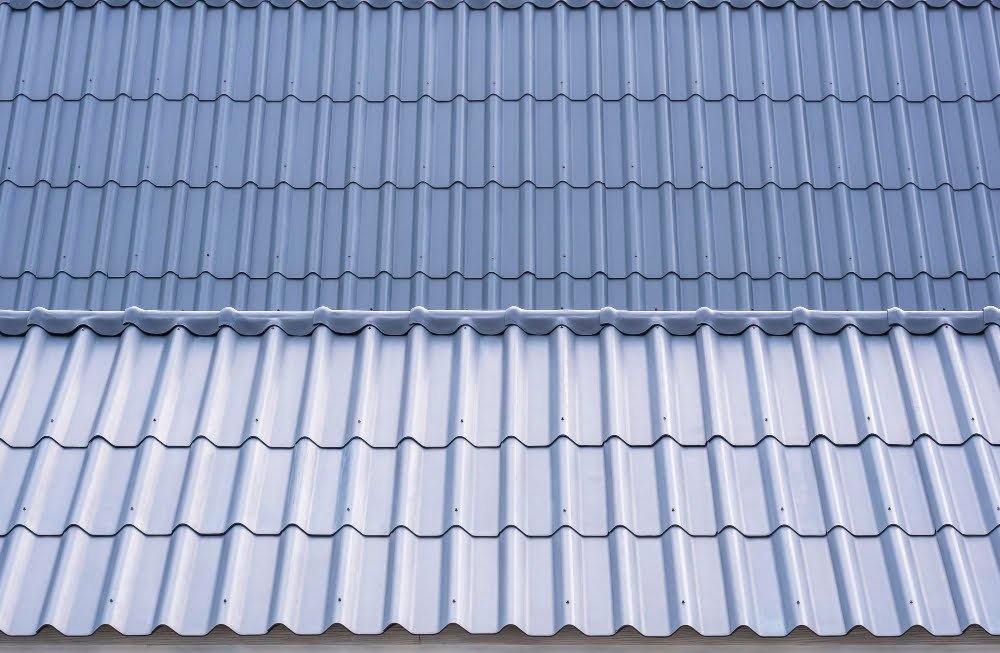
These materials can be made from recycled plastic, rubber, or even metal. Recycled shingles are often made from post-consumer waste such as old tires and plastic bottles.
They come in various colors and styles that mimic traditional roofing options like asphalt shingles or wood shakes.
One of the benefits of using recycled materials is that they can last longer than traditional roofing options because they are more durable and resistant to weather damage. These roofs require less maintenance over time which saves homeowners money on repairs.
Another advantage is that using recycled products helps reduce landfill waste by repurposing discarded items into something useful again instead of adding them to landfills where they take up space indefinitely.
Thermoplastic Membranes
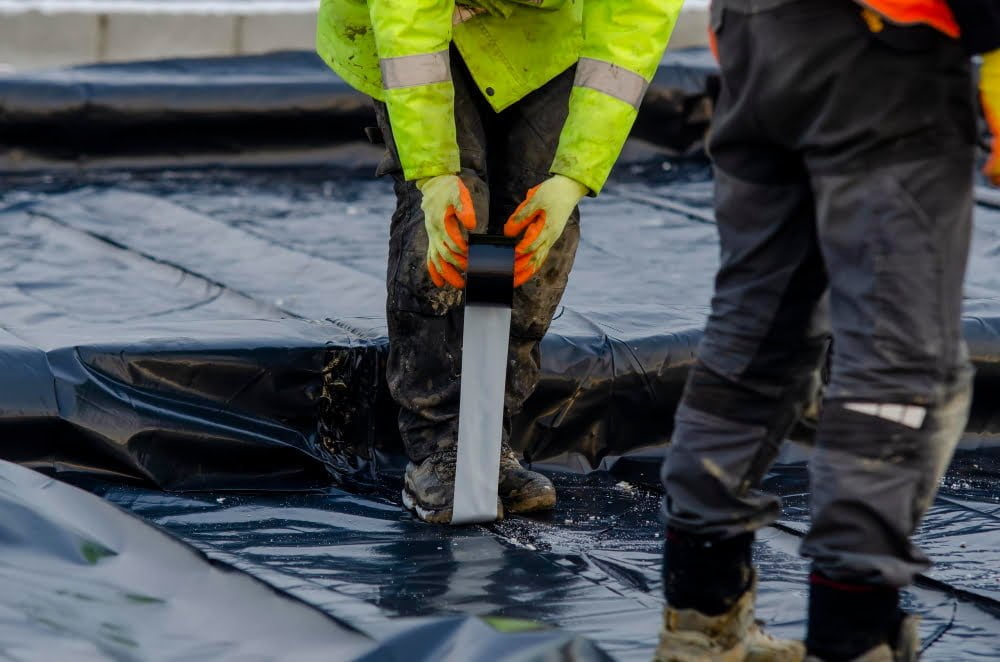
They are made from a blend of plastic and rubber, which makes them highly durable and resistant to weathering. These membranes come in large sheets that can be easily installed over an existing roof or as part of a new construction project.
One of the main advantages of thermoplastic membranes is their ability to reflect sunlight, which helps keep the building cool during hot summer months. This reflective property also reduces energy costs by decreasing the need for air conditioning.
Another benefit is their resistance to chemicals and pollutants, making them ideal for industrial areas or buildings located near highways with heavy traffic.
Corrugated Panels
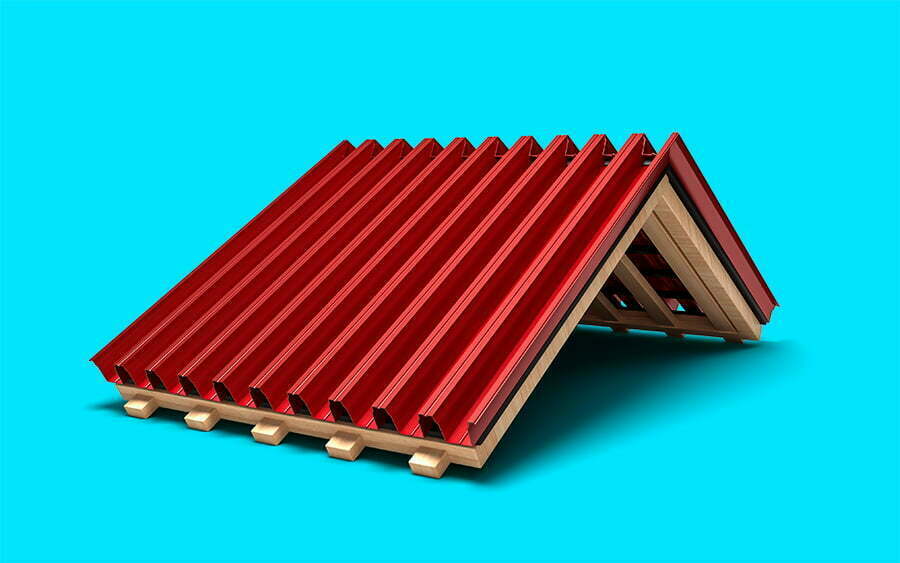
These panels are made of metal, plastic or fiberglass and have a wavy pattern that provides strength against harsh weather conditions. They come in different colors, sizes, and thicknesses which makes them versatile for various architectural designs.
One advantage of corrugated panels is that they can be installed over an existing roof without the need for removal. This saves time and money on labor costs as well as disposal fees associated with removing old roofing materials.
Another benefit is their low maintenance requirements since they do not rust or corrode easily like other roofing materials such as iron sheets. Corrugated panels reflect sunlight which helps to reduce energy consumption by keeping the interior cool during hot seasons.
Built-up Roofing (BUR)

It consists of multiple layers of asphalt and felt, which are laminated together to create a durable and waterproof surface. BUR roofs can last up to 30 years with proper maintenance, making them an excellent long-term investment for homeowners on a budget.
One advantage of BUR roofing is its versatility in terms of design options. The top layer can be finished with gravel or other materials to enhance the aesthetic appeal while providing additional protection against weather elements such as hail or wind.
However, installation requires professional expertise due to the complexity involved in creating multiple layers that adhere correctly without any air pockets or gaps between them. It may not be suitable for all types of buildings due to its weight limitations.
Synthetic Composite
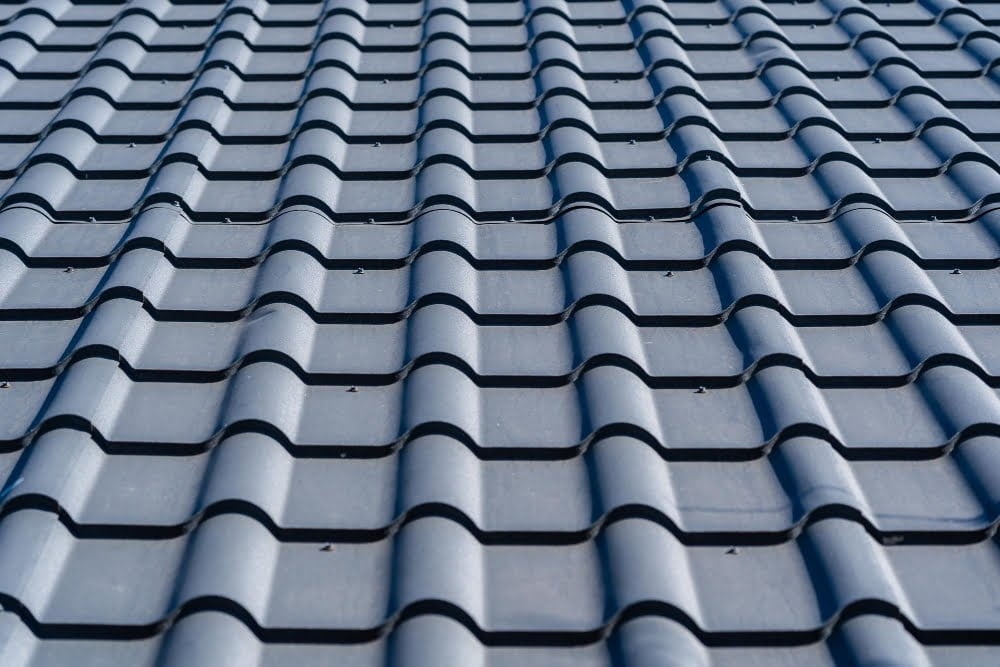
It is made from a mixture of plastic and rubber, which makes it lightweight, durable, and resistant to weathering. Synthetic composite roofs can mimic the look of natural materials like wood or slate but are much more affordable.
One advantage of synthetic composites is that they require very little maintenance compared to other types of roofs. They are also fire-resistant and have excellent insulation properties that can help reduce energy costs.
Another benefit is their longevity; synthetic composites typically last for 50 years or more with proper installation and maintenance. This means homeowners won’t have to worry about replacing their roof anytime soon after installing this type.
PVC Membrane
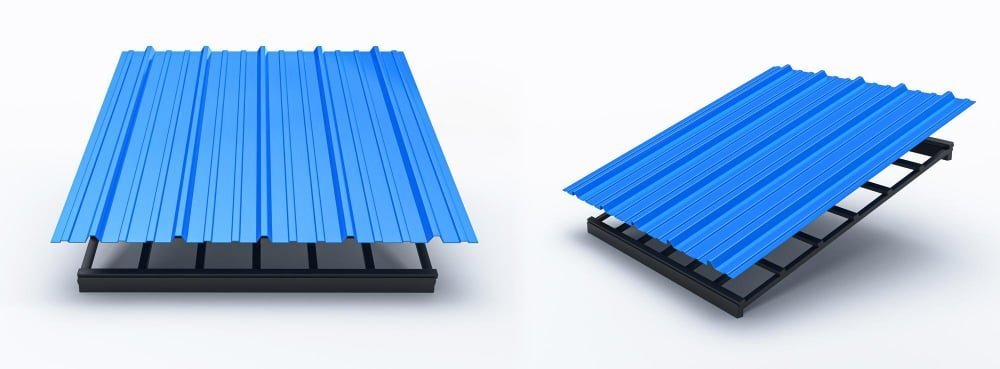
It is made of high-quality synthetic materials that are resistant to weathering, punctures, and tears. PVC membranes come in different colors and thicknesses, making it easy for homeowners to choose the one that best suits their needs.
One of the benefits of using PVC membrane as an alternative roofing material is its reflective properties. The white or light-colored surface reflects sunlight away from the building, reducing heat absorption during hot summer months.
This helps keep indoor temperatures cooler without relying heavily on air conditioning systems.
Another advantage of using PVC membrane as a roofing material is its ease of installation compared to other alternatives like metal roofs or green roofs. It can be installed quickly by professionals with minimal disruption to daily activities within your home.
Modified Bitumen
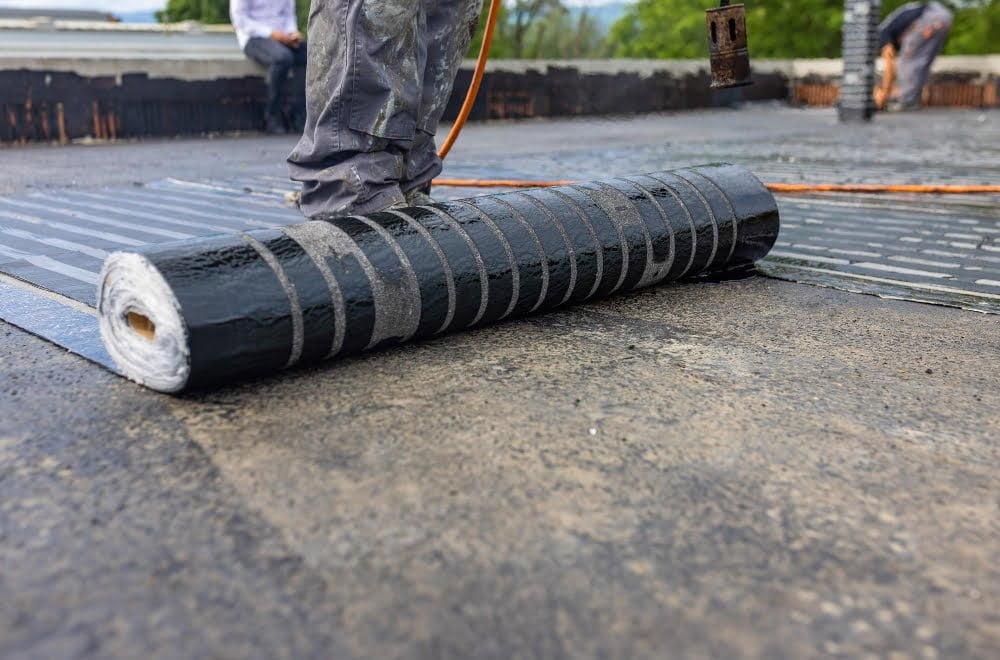
It has become increasingly popular in recent years due to its durability, flexibility, and ease of installation. Modified bitumen roofs are typically installed in two or three layers using heat-welded seams to create a watertight seal.
This type of roof can last up to 20 years with proper maintenance and care.
One advantage of modified bitumen roofing is its resistance to extreme weather conditions such as high winds, heavy rain, hailstorms, and even fire. The rubber modifiers added during the manufacturing process make it more flexible than traditional asphalt shingles which helps prevent cracking or splitting over time.
Another benefit is that modified bitumen roofs come in various colors allowing homeowners greater design flexibility when choosing their new roof color scheme.
Roof Coatings
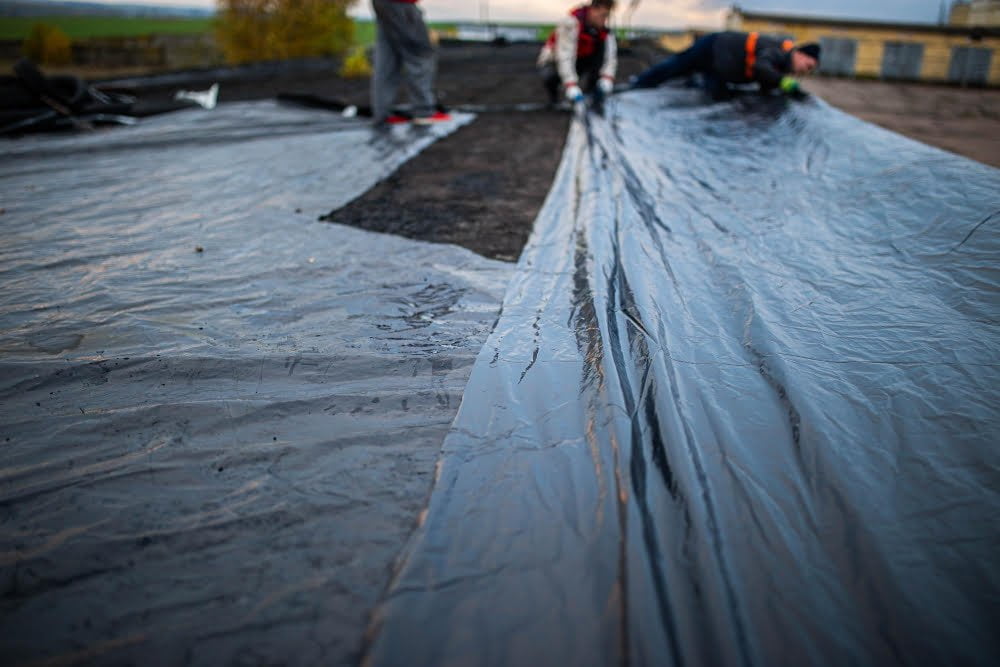
They can be applied over an existing roof and provide protection against leaks, UV rays, and weather damage. Roof coatings come in different types such as acrylic, silicone, polyurethane or asphalt-based.
Acrylic coatings are the most popular type of coating because they offer excellent reflectivity which helps reduce energy costs by keeping the building cooler during hot summer months. Silicone is another popular option that provides superior waterproofing capabilities while also being resistant to UV rays.
Polyurethane is a more durable option that offers excellent resistance against chemicals and abrasions making it ideal for commercial buildings with heavy foot traffic on their roofs. Asphalt-based coatings are commonly used for flat roofs due to their ability to expand and contract with temperature changes without cracking or peeling.
Roof coatings not only extend the life of your existing roof but also improve its appearance by giving it a fresh new look at an affordable cost compared to replacing your entire roofing system.
Recap
